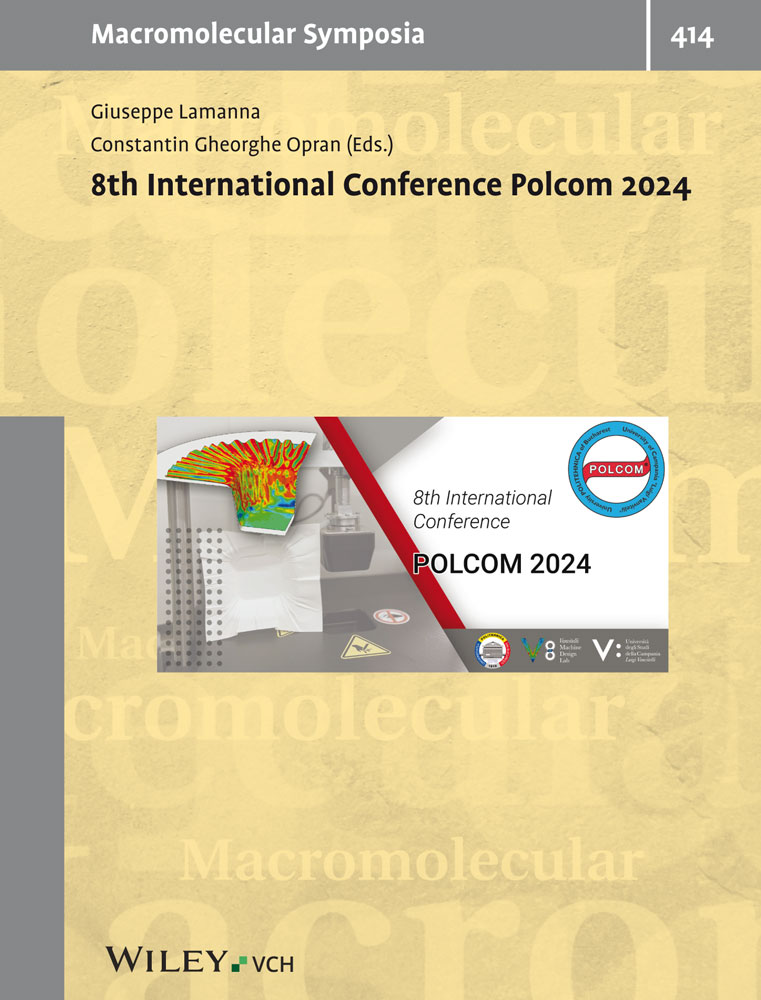Modelling of molecular interactions and inclusion phenomena in substituted β-cyclodextrin: From simple probes to proteins
Abstract
The ability of β-cyclodextrin (βCD) to form stable complexes with α-interferon was investigated. By using simple molecular mechanics approach interaction energy profiles of simple probes passing the center of βCD ring cavity along the main molecular symmetry axis were evaluated first. A computational study of host-guest inclusion complexes between βCD and L-α-aminoacids and some selected pentapeptides was also carried out and aimed at understanding the nature of the driving forces and mechanism, leading to their formation. Relative complexation energies for the complexes and the solvation Gibbs free energies for single L-α-aminoacids were calculated. Both the aminoacid residue inside the βCD cavity and neighbouring residues were found to contribute to the stabilization of βCD complexes with the side-chain of aminoacids present on the surface of α-interferon. The most appropriate number of host βCD molecules for the encapsulation in the first shell of one α-interferon molecule resulted to be 25.




